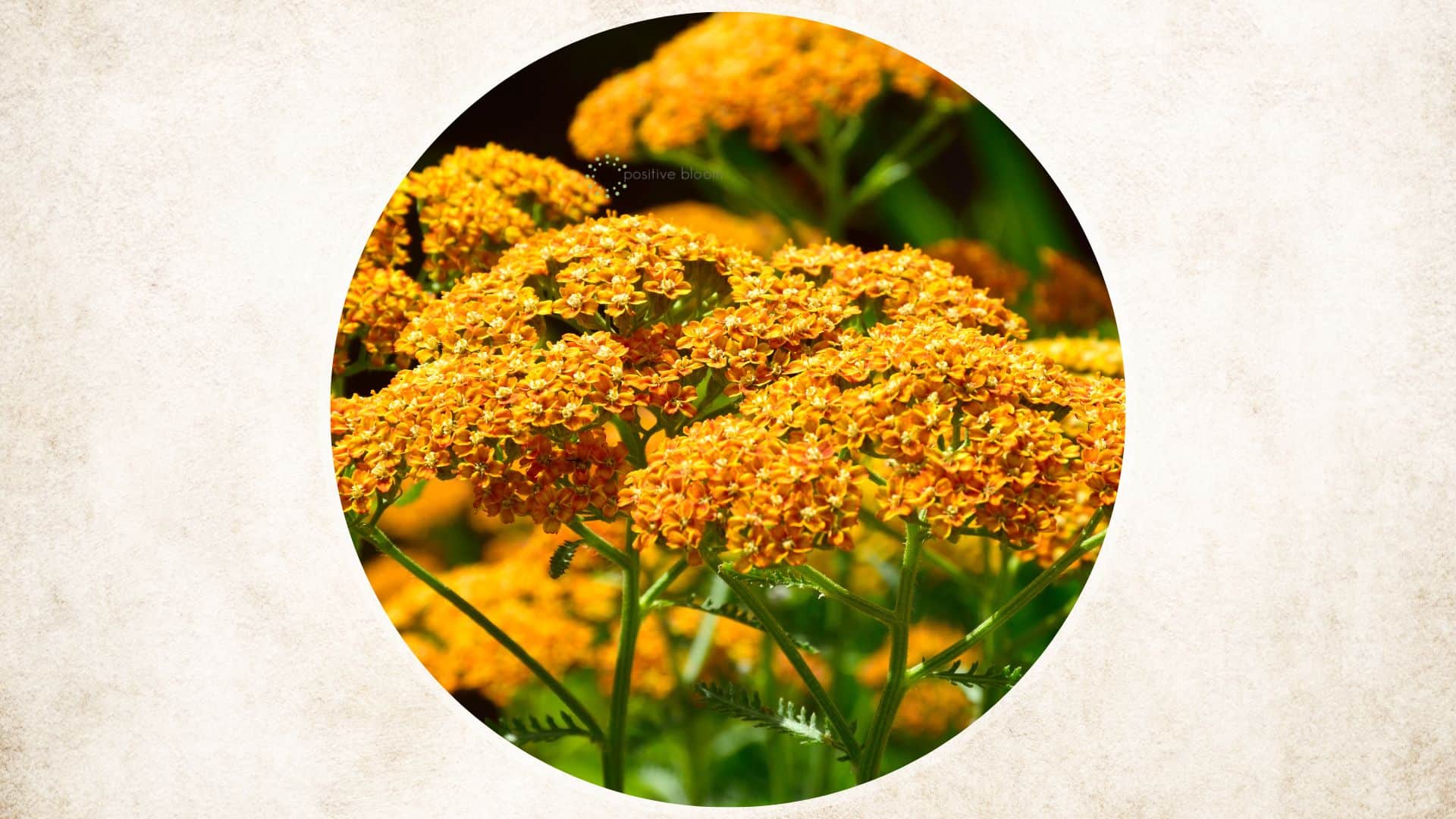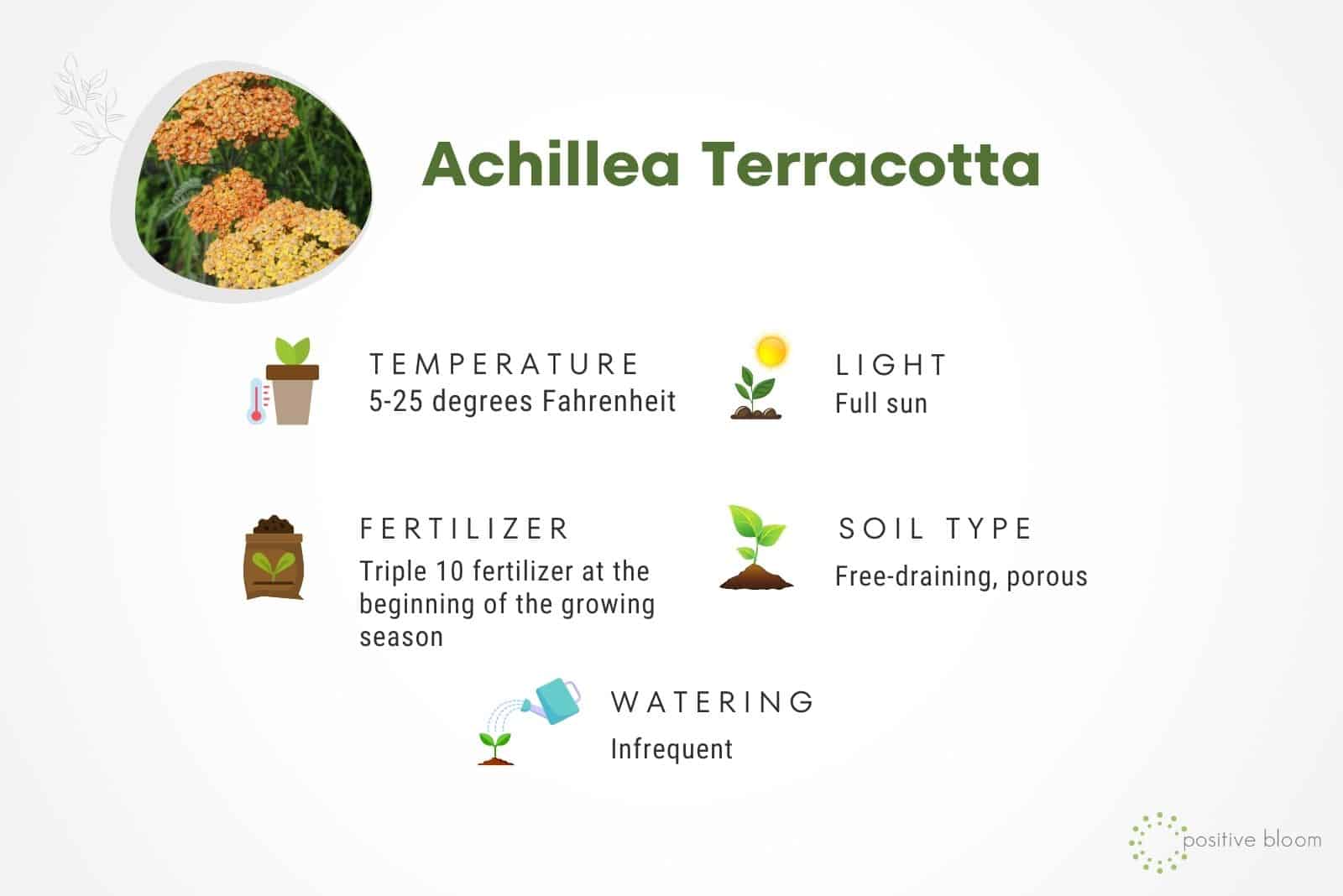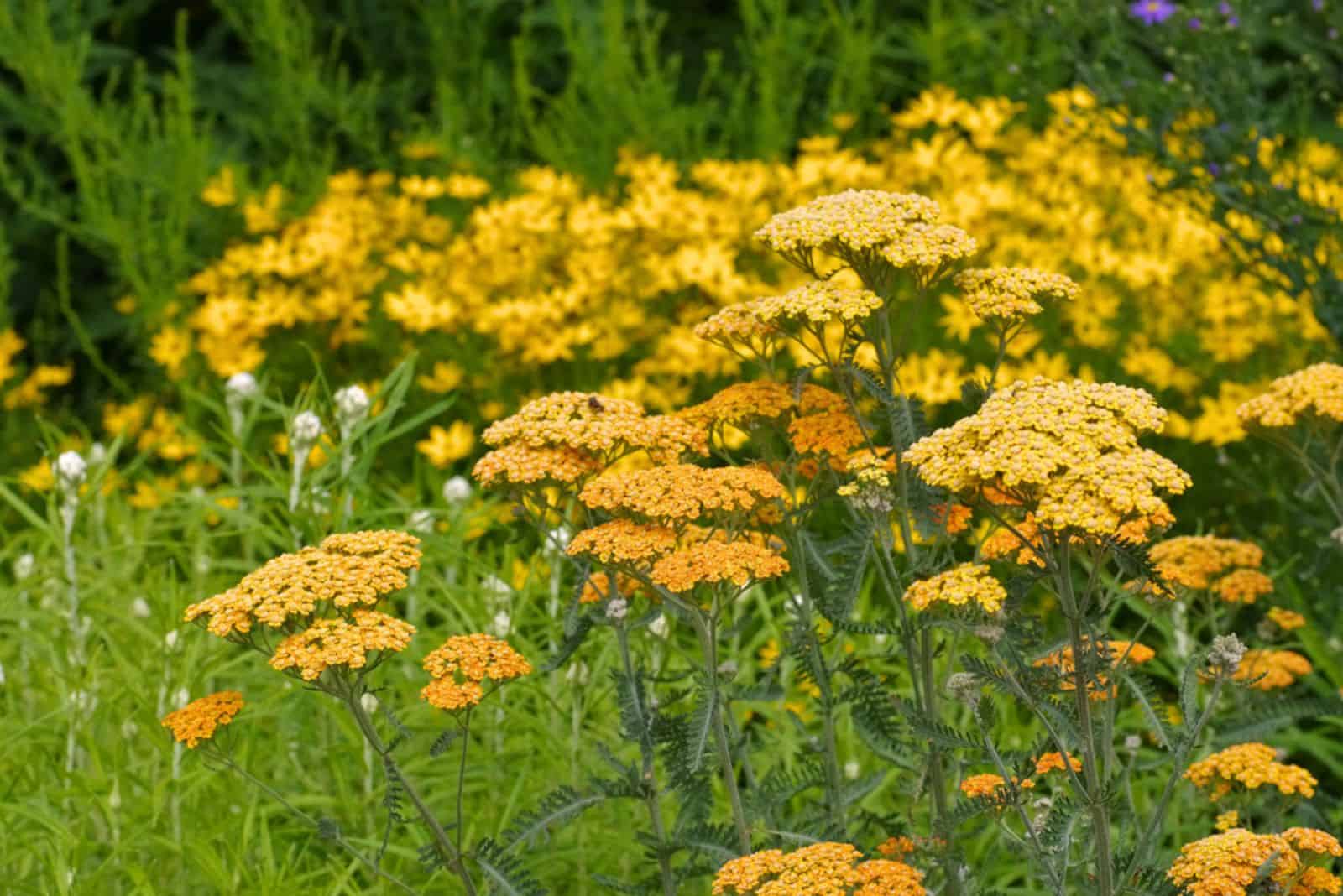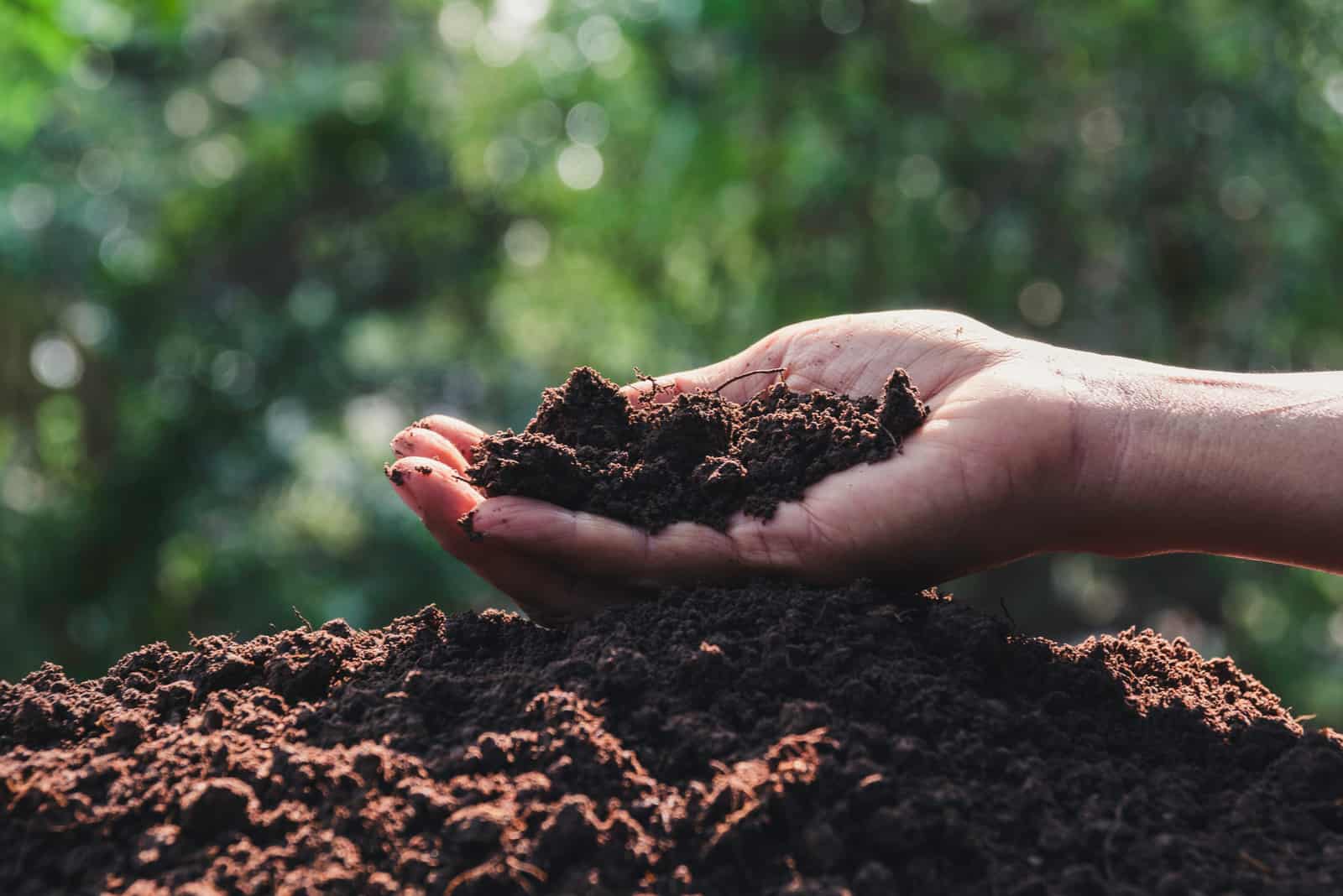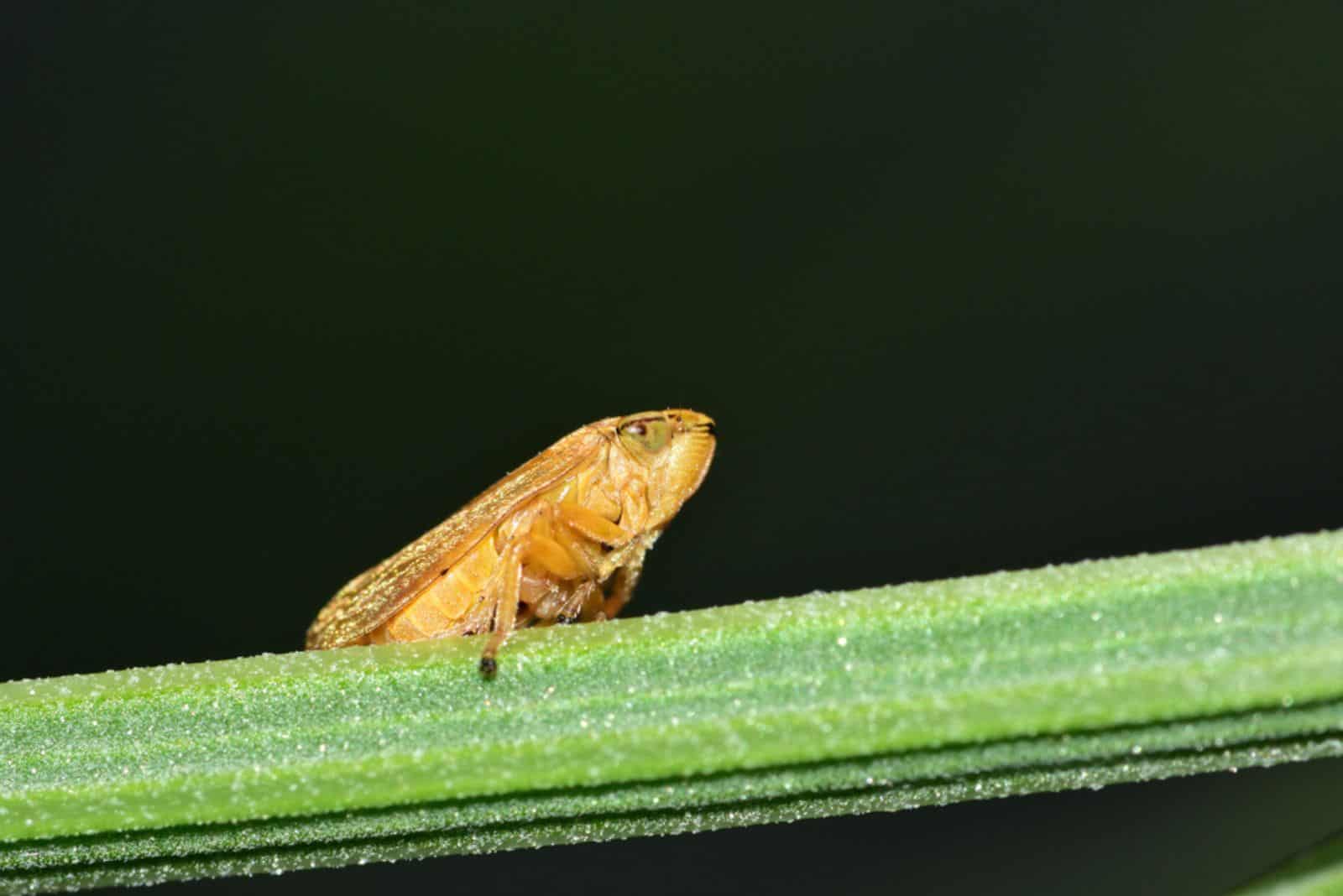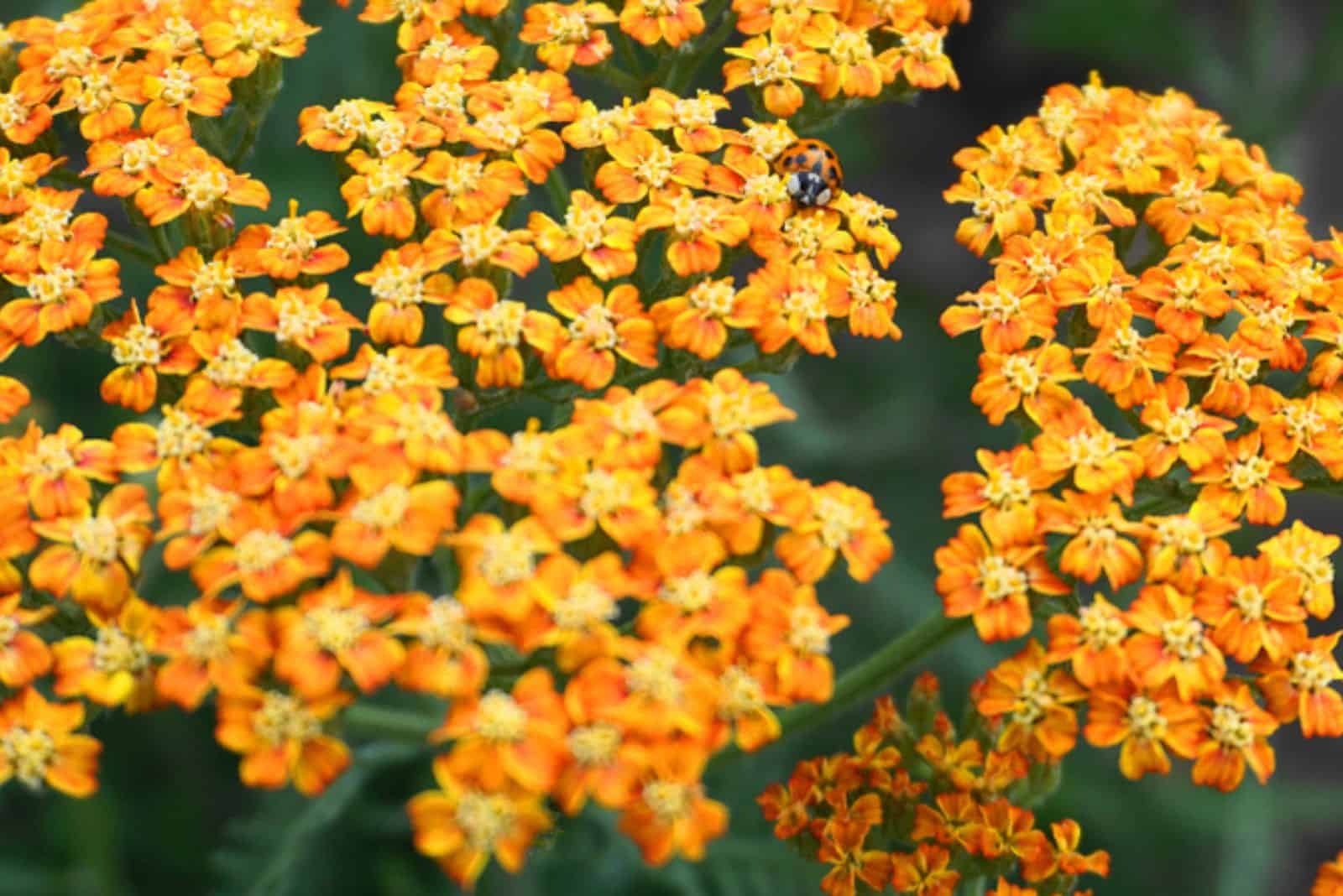Yarrows always remind me of my childhood, and I often refer to them as old-school plants. They are highly adaptable plants and include many species with different flower colors.
In this article, I’ll tell you more about the Achillea terracotta, otherwise known as the common yarrow. The plant got this name because of its clusters of small terracotta flowers.
The terracotta yarrow is heat and drought-tolerant and attracts pollinators, making it a perfect addition to an outdoor garden.
I’ll show you how to keep your common yarrow healthy, propagate it, and deal with its common issues.
Before I move on, here’s some basic info about this Achillea plant.
[table id=699 /]
Achillea Terracotta Care Guide
If you want your terracotta yarrow to produce its unique blossoms, you need to pay attention to where you plant it, ensure it gets the right type of soil, and water it the correct amount.
This is a low-maintenance perennial plant, but things can get complicated if you don’t provide it with the right conditions. In the following sections, you’ll learn the requirements you need to meet in order to keep the common yarrow plant happy and healthy!
Light Requirements
Correct light levels will help your Achillea terracotta go through all its growth stages successfully.
If you want the terracotta yarrow to produce an abundance of blossoms, you need to plant it in direct sunlight.
If your yarrow grows in mild shade, it will be healthy but the number of flowers will be significantly lower. Lack of light may also result in a droopy and lifeless terracotta yarrow.
Yarrow makes a good companion plant to veggies that prefer shade. For instance, you can protect Brassicas from full sun if you plant yarrow near them.
Watering And Temperature
One of the best things about the common yarrow is its drought tolerance. If you are a forgetful plant grower or afraid of overwatering, the Achillea plant is perfect for you.
You must keep the soil moist until your terracotta yarrow is completely established. This means regular watering will be necessary only during the first season.
A well-established yarrow will produce many blossoms during the flowering season even if the soil is completely dry.
Temperature
The Achillea terracotta plant does best if cultivated in USDA hardiness zones 3 through 9. It can withstand short periods of heat, but if you live in a warmer climate you should grow your yarrow in pots.
The terracotta yarrow can withstand temperatures as low as -25 degrees Fahrenheit.
Soil And Fertilizer
Drought-tolerant plant species grow best in fast-draining and porous soil types.
Even though some growers claim that yarrow grows well in clay soils, I had a bad experience. The roots of my yarrow started rotting, so I had to remove them from the ground.
If you are a beginner grower, don’t experiment; always plant your yarrow in porous and free-draining soil.
The yarrow plant isn’t fussy over soil pH. It will grow perfectly well in acidic, neutral, and alkaline soils.
Fertilizer
When it comes to Achillea plants and fertilization, less is more. I add a layer of compost to the soil before the growing season begins (spring).
If you decide on chemical fertilizers, choose ones with a 10-10-10 NPK ratio. Your yarrow will most likely start flowering in late spring, so you can boost flower production by applying fertilizer.
If unsure about feeding yarrow plants, it’s better to skip fertilization than to overfertilize. If yarrow receives too many nutrients, it will focus energy on leaf instead of flower production.
Pruning
The common yarrow typically blooms twice during the growing season. You can expect to see stunning blossoms in late spring and late summer.
Pruning after the first flowering will encourage your yarrow to produce more blossoms and help it stay in a compact shape. When pruning, never remove more than one-third of your yarrow at a time.
I also recommend deadheading your yarrow to avoid self-sowing and messy looks. This will also help your terracotta yellow to generate more blossoms.
Once the flowering season is over, you can cut Achillea terracotta flowers for dried arrangements or prune the plant down to the ground.
Propagation
You can propagate the Achillea terracotta plant by division or through stem cuttings.
If you decide on division, I recommend doing it in the early spring. Select a portion of your yarrow with approximately 2 stems, and cut it straight through the rhizomes. Plant the sections and water them regularly until they are fully established.
You can get more terracotta yarrows by taking and planting stem cuttings. You need a 6-inch long stem with nodes and a potting mix made of peat moss and perlite.
The cutting needs a lot of humidity and sun to generate new growth. Mist the soil regularly and transplant your yarrow after a month.
Common Issues
Although yarrows aren’t prone to pests and diseases, it doesn’t mean they are entirely resistant. Susceptibility to pest infestation and diseases increases if your Achillea terracotta isn’t grown in suitable conditions.
Pests
There’s no such thing as a garden that doesn’t have to face aphids, mealybugs, or spittlebugs at least once.
All these pests see the terracotta yarrow as a great snack and can destroy the plant if left untreated. You can attach a hose to a pressure washer and remove the pests with water.
If that doesn’t work, your yarrow will benefit from neem oil or insecticidal soap treatment.
Diseases
Here’s a list of the most common diseases that afflict the Achillea terracotta and how to treat them.
1. Leaf spot: The most common signs of leaf spot (1) in yarrow plants are brown spots. If your terracotta yarrow grows in heavy and non-porous soil, the pathogens that cause leaf spot disease may easily occur.
You need to treat your Achillea plant with fungicide if you notice brown spots on the foliage.
2. Botrytis Blight: Brown lesions on yarrow plant parts are most frequently caused by fungus from the Botrytis genus (2).
You need to remove all infected yarrow plant parts and apply a fungicide.
3. Root rot: Damp conditions and an incorrect watering schedule may lead to root rot in the Achillea terracotta plant.
If the stems of your yarrow start turning black or brown and become mushy, you need to remove the plant from the ground and discard it.
4. Powdery mildew: Another fungal infection that can occur in the terracotta yarrow is powdery mildew (3). If you have a lot of gardening experience, powdery mildew is probably something you have heard of many times.
My terracotta yarrow had powdery mildew a few years ago. I noticed a white and powderish substance on the plant and immediately treated it with neem oil.
If neem oil doesn’t help, your Achillea terracotta will need fungicide treatment.
Terracotta Yarrow Benefits And Suggested Uses
One of the major benefits of the yarrow terracotta plant is its low maintenance, but the story doesn’t end there.
This is a flowering plant that attracts butterflies and hummingbirds to gardens.
The Achillea terracotta also has medicinal benefits. (4) Well, the name says it all; according to Greek mythology, Achilles used plants from the Achillea genus to heal the wounds of his soldiers. The plant is mainly used in tea production nowadays.
The terracotta yarrow makes a perfect addition to all garden styles, including coastal, cottage, and gravel and rock gardens.
The cut flowers of the Achillea terracotta look amazing in flower arrangements.
Wrapping Up
The Achillea terracotta has been a part of outdoor landscapes for ages. It perfectly fits many garden styles and attracts pollinators to gardens.
The best thing is that you don’t need to do much for your terracotta yarrow to thrive. Full sun, a little water, and free-draining soil will keep this plant happy and healthy for a long time.
Until next time!
[sp_easyaccordion id=”19166″]

